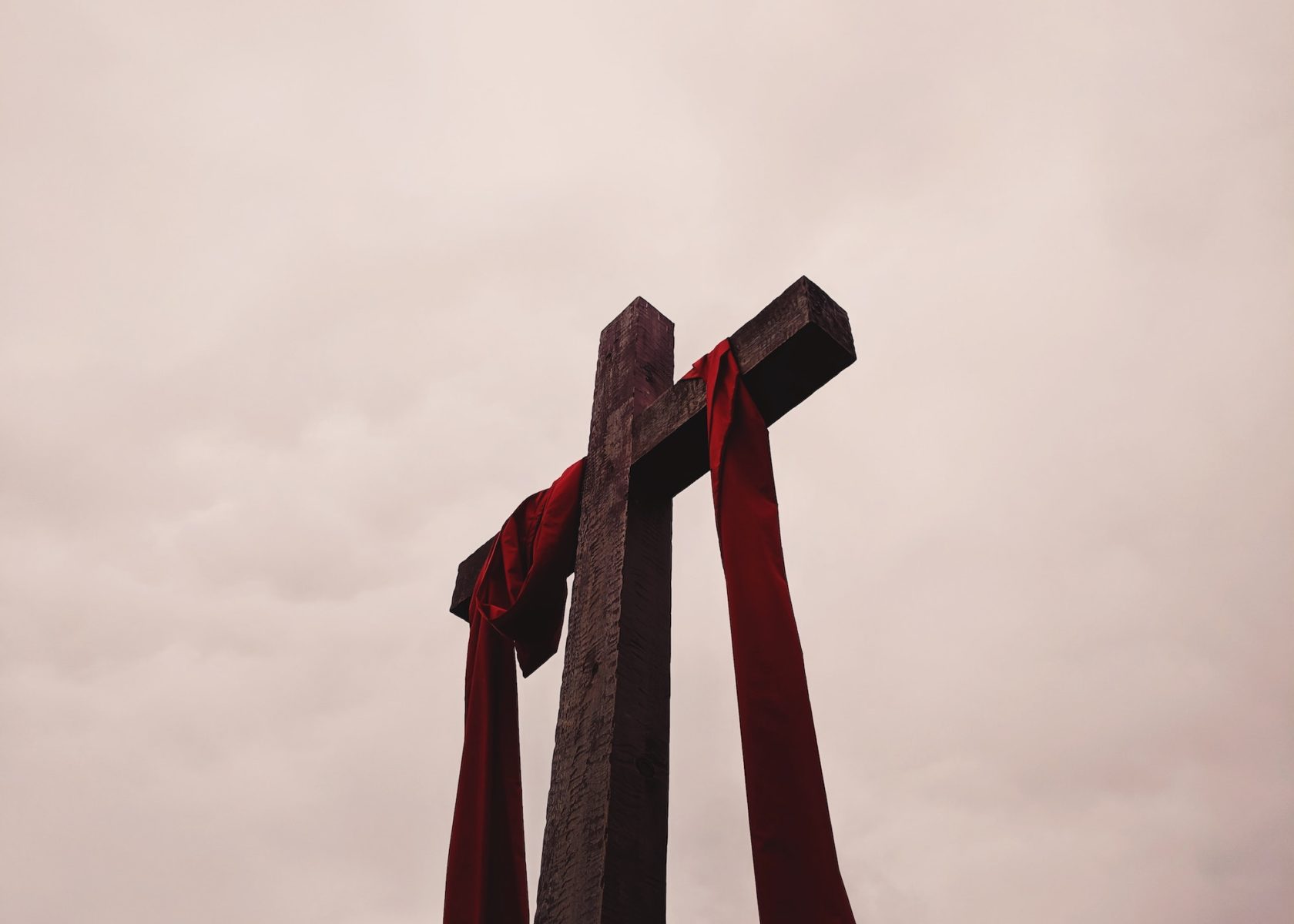GOOD FRIDAY
BIBLICAL BACKGROUND
Good Friday is the day of the crucifixion and death of Jesus. Jesus is first arrested, interrogated in front of the Sanhedrin, handed over to Pilat, ridiculed and condemned to death, led to Golgotha, and crucified. He dies at three o’clock in the afternoon, on the preparation day for the Sabbath.
HISTORY
The early centuries of Christianity do not show any liturgical celebration associated with Good Friday. Rather, fasting is attested as a way to remember the death of Jesus. Starting with the 4th century, liturgical celebrations start to appear: night prayers, various liturgies during the day, and even a vigil on Thursday night.
The community of Jerusalem played an important role here because of the geography and possibility of reenacting the events: after having read the gospel about the arrest of Jesus in the Garden early in the morning, the procession would lead to the city and gather for the reading of the gospel about the interrogation of Jesus in front of Pilat and for the homily of the bishop. After sunrise people would pray by the column, where Jesus had been whipped. Solemn veneration of the relict of the holy cross would take place around 8 am on Golgotha: the bishop would hold the holy cross, while people were passing by, touching and kissing the cross. Liturgy of the Word followed by readings, prayers, and chants, concluded with the report about Jesus’ death from John. Then people moved to the Resurrection Church and listened to the gospel about the burial of Jesus.
The celebration of Good Friday in Rome consisted first just of readings, prayers, and chants. A procession from the Lateran Basilica to the Basilica of Exaltation of the Holy Cross and veneration of the relicts is only from the 7th century – imitating the customs from Jerusalem. Also from the 7th century is the custom to distribute communion (but no mass) – hosts consecrated before. Thus developed the liturgy consisting of the liturgy of the Word, veneration of the cross, and distribution of the Holy Communion. The solemn liturgical petitions in the conclusion of the liturgy of the word preserve the ancient form of intercessions. The custom of bringing a veiled cross into the Church and unveiling its origins in the 9th century.
LITURGICAL CELEBRATION
The liturgy is supposed to start in the afternoon, at the time of the death of Jesus, or even later to allow participation to most people. The altar is completely stripped and without any decoration. Liturgy starts with the silent arrival of the priest and prostration in front of the altar. The reading about the Suffering Servant (Isa) and obedience of Jesus (Hebr 4-5) is followed by the passion story according to John.
The unveiling and veneration of the cross mark the second part of the liturgy and all are invited to kneel in front of the mystery of our redemption. The cross is / will be exposed for veneration for the rest of the day and people genuflect in front of the cross on this day as normally in front of the Eucharist.
The rite of communion follows with the Our Father prayer, distribution of the communion, and final prayer.
Liturgy of the Good Friday at SCM will take place at 3:00PM.


